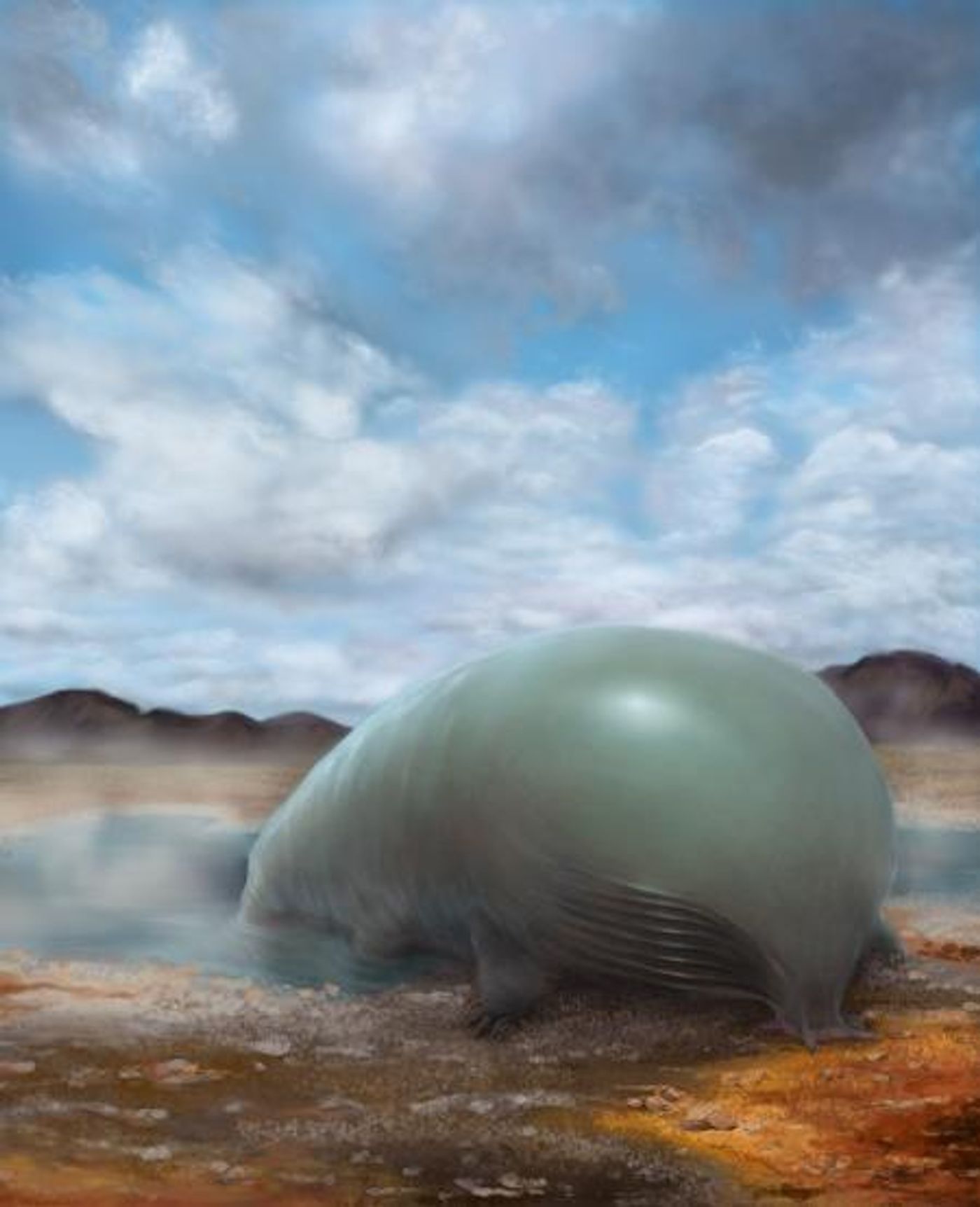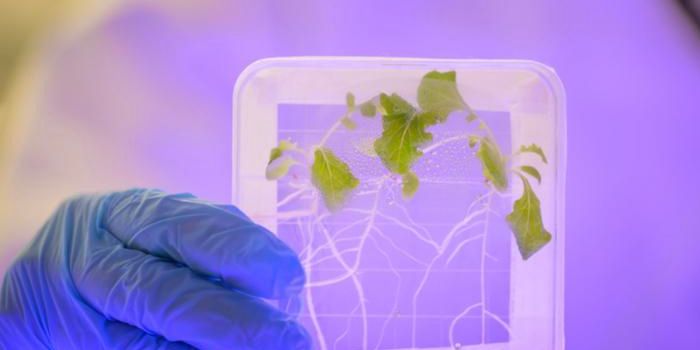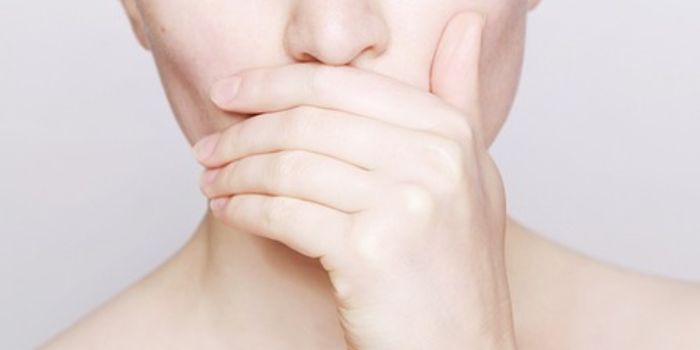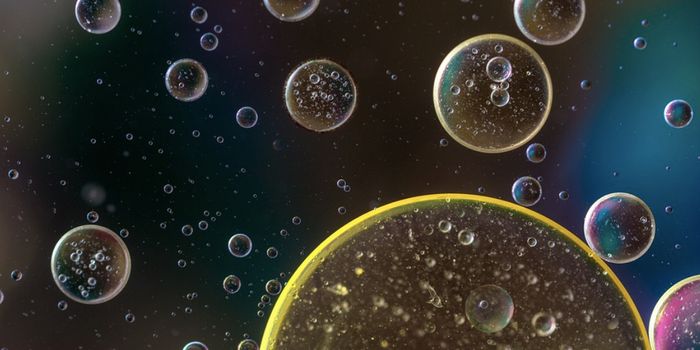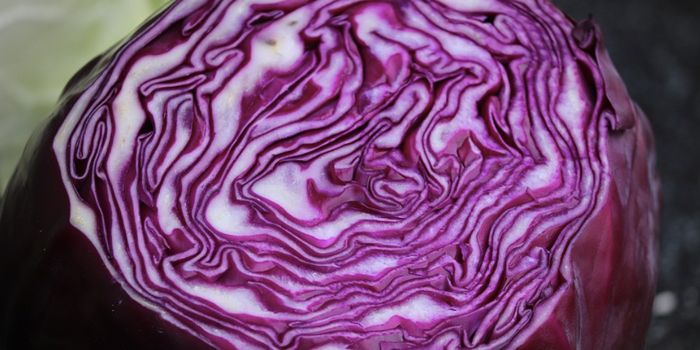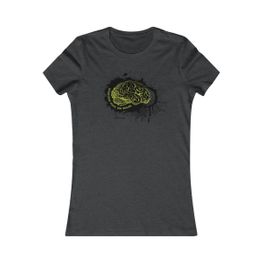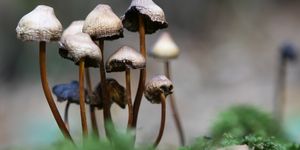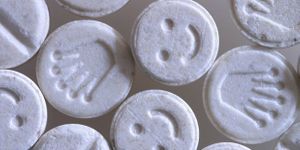Chemically, carbon and silicon are a lot alike; silicon can form bonds with four atoms at once and can create the long, branched molecules of life like carbon does. It has led scientists to wonder whether life on earth could have evolved as an organism based around silicone, rather than carbon. Now, scientists at Caltech have engineered a bacterial protein that can make silicon-carbon bonds, something previously only done in a laboratory. The innovation is described in the following video.
Molecules that contain silicon-carbon bonds, organosilicons, are made synthetically and used in products like pharmaceuticals, semiconductors, paints, agricultural chemicals and computer and television screens. This new work may impact those fields because it demonstrates how the cost of producing these compounds can be reduced, possibly substantially. The research,
published in Science, also shows how to make organosilicons in a more environmentally friendly way.
"We decided to get nature to do what only chemists could do—only better," said the senior author of the report, Frances Arnold, Caltech's Dick and Barbara Dickinson Professor of Chemical Engineering, Bioengineering and Biochemistry.
The scientists utilized directed evolution, a technique Arnold developed in the 90s. Mutations are created in an enzyme until one is found that produces a desired effect. That enzyme is chosen and mutated again until an even better version is created. The process is repeated to perfect the effect. Directed evolution is a common part of product development, to find the best ways to make a product or the most effective enzyme for an application like detergent.
In this work, the idea was to apply the technique to coax a protein from bacteria to perform a function it otherwise did not. "It's like breeding a racehorse," explained Arnold, who is also the director of the Donna and Benjamin M. Rosen Bioengineering Center at Caltech. "A good breeder recognizes the inherent ability of a horse to become a racer and has to bring that out in successive generations. We just do it with proteins."
First, the investigators had to choose a good candidate; they needed an enzyme capable of making silicon-carbon bonds. That turned out to be cytochrome c, found naturally in a bacterium residing in Iceland, Rhodothermus marinus. To change the enzyme, the researchers tinkered with region of DNA that is the probable area responsible for making the bond. Enzyme testing then commenced. Three rounds later, an enzyme was made that created silicon-carbon bonds 15 times faster than the currently used catalysts.
"No living organism is known to put silicon-carbon bonds together, even though silicon is so abundant, all around us, in rocks and all over the beach," said lead author Jennifer Kan, a postdoctoral scholar in Arnold's lab. "This iron-based, genetically encoded catalyst is nontoxic, cheaper, and easier to modify compared to other catalysts used in chemical synthesis. The new reaction can also be done at room temperature and in water,” said Kan.
"This study shows how quickly nature can adapt to new challenges," she says. "The DNA-encoded catalytic machinery of the cell can rapidly learn to promote new chemical reactions when we provide new reagents and the appropriate incentive in the form of artificial selection. Nature could have done this herself if she cared to."
While this research only shows that this bonding is naturally possible in theory, it may be applied to help make the production of industrial chemicals more environmentally friendly.
Sources:
Science Daily via
Caltech,
Science
